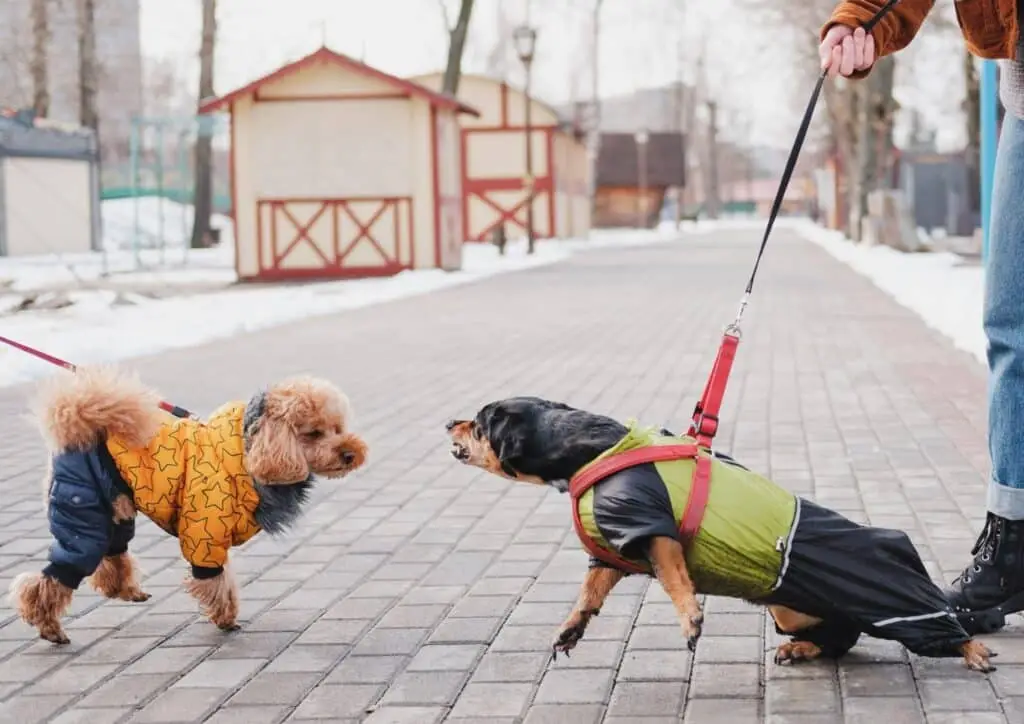

When Dogs meet other Dogs their interactions are a mix of body language, vocalizations and behaviors that help them . Here’s a closer look at these behaviors that help them communicate effectively. Here are the some key points:
Sniffing: Dogs gather a lot of information about each other by sniffing. The anal glands, in particular , provide a wealth of information about a dog’s identity, health and mood.
Play is a critical part of socialization. Dogs often use a ‘Play Bow’ that lowers its front legs while keeping its rear up is showing an invitation to play. They might chase, wrestle, or bite, ensuring they don’t harm each other.
Early socialization in puppies helps them learn how to interact appropriately with other dogs. Proper Socialization can prevent aggressive or fearful behaviors later in life.
Dogs , like humans, have complex social systems and varied personalities. By paying attention to these signals, dog owners can facilitate positive interactions between their pets.
@ 2024 My 2 Dogs UK Ltd. Company Number 15622192 All Rights Reserved